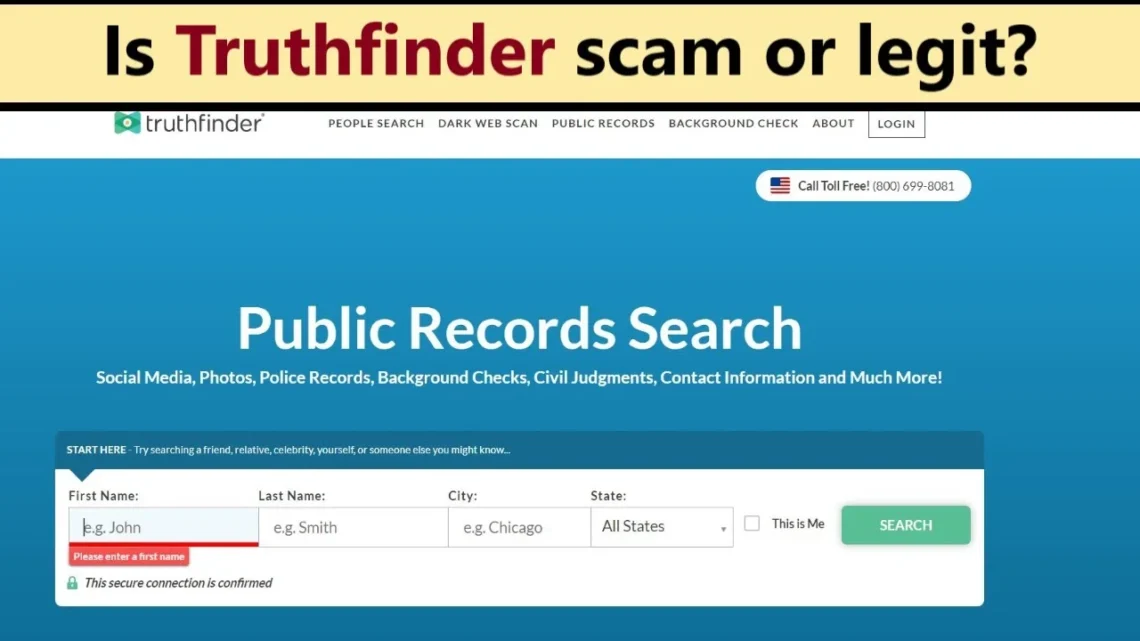You probably searched the number 8552034391 because it just rang — or you got a voicemail saying there was a suspicious charge and to call back. Short answer: this number is heavily reported as a scam / spoofed robocall that impersonates banks (Wells Fargo and others) and uses fear tactics to get people to call or share information. Below I explain what the calls look like, the evidence from real users, why it’s dangerous, and exactly what to do — including trusted places to report it.
What is 8552034391 ? (quick summary)
8552034391 is a U.S. toll-free number that shows up in many online scam-report threads. Multiple consumer-report sites and recent writeups identify the number as being used in spoofed “fraud alert” robocalls that claim there was an unauthorized purchase (often referencing a $224.35 charge at GameStop) and instruct recipients to call back. User reports indicate the caller ID is sometimes set to a legitimate bank name while the actual call is fraudulent.
How this scam typically works (what callers say and why it’s scary)
Scammers using 855-203-4391 generally rely on caller-ID spoofing and automated robocalls. A typical pattern:
-
You receive a voicemail or robocall claiming to be your bank (e.g., “Wells Fargo alert”) and saying there was a declined purchase (example amount frequently reported: $224.35 at GameStop).
-
The message urges you to call back immediately at 855-203-4391 to confirm or stop the charge.
-
If you call or reply, the fraudster tries to extract personal data, one-time passcodes, or pressures you into making payments (wire, gift card, or cryptocurrency).
The technique is social engineering: create urgency, impersonate a trusted institution, and get you to act before you verify. Caller-ID spoofing makes the call appear more believable. For background on spoofing and why these calls can look authentic, see the FCC and FBI guidance on spoofing and phishing.
Real-world reports & evidence (why experts and users flag it)
This isn’t just theoretical — dozens of user reports and scam-watch sites document the number:
-
MalwareTips and similar blogs published a recent explainer labeling +1-855-203-4391 a phone scam used to impersonate companies and government agencies.
-
Community complaint pages like 800notes collect dozens of comments stating the number left a fraud-alert voicemail referencing the same GameStop example and advising people not to call back
-
News and security blogs analyzing spoofed bank alerts describe the exact robocall wording and warn that banks will not ask you to call an unknown number for urgent payment or verification.
Taken together, these user reports + security writeups show a consistent pattern — the number is repeatedly used in impersonation scams.
Why real banks won’t ask you to call a random number or transfer money
Legitimate banks and large institutions will not ask you to call an unfamiliar number and then demand immediate payment by wire, gift card, or crypto. They also won’t request passwords or one-time passcodes over the phone. If you get a claimed “fraud alert”:
-
Do not call back the number in the voicemail. Instead, use the bank’s official number printed on your card or the bank’s website. For example, Wells Fargo provides official fraud-reporting contacts and guidance on identifying phishing and spoof calls.
This rule is repeated by banks and regulators because scammers rely on urgency and spoofed identities to trick people into bypassing normal safeguards.
If you got a call from 855-203-4391 — step-by-step (safe actions)
-
Don’t call back 855-203-4391. Calling back can confirm your number is active and may expose you to further scams. (User reports show the number is used to lure callbacks.)
-
Check your actual accounts using official channels: log in at your bank’s website or call the number printed on the back of your card. Do not use any phone number given in the suspicious voicemail or text.
-
If you gave information or money, contact your bank or card issuer immediately and ask them to freeze accounts or reverse transactions; follow their fraud-response steps.
-
Change passwords and enable two-factor authentication if you shared login info or one-time codes.
-
Document everything — note the number, time, and wording of the message, and save voicemail or text evidence if possible. This helps investigators.
These steps are consistent with FTC and bank guidance for scam response.
How to report and reduce these calls (who to tell)
Reporting helps authorities spot trends and take action. Here’s where to report spoofed scam calls like those from 855-203-4391:
-
Federal Trade Commission (FTC) — file at ReportFraud.ftc.gov (or use the FTC tips on reporting unwanted calls). If you lost money, use the full fraud report form.
-
FCC — file a complaint about spoofing or unwanted robocalls via the FCC website; they handle caller-ID spoofing enforcement guidance.
-
FBI / IC3 — if you suspect a cybercrime or fraud, file at IC3.gov (Internet Crime Complaint Center).
-
Your bank — forward suspicious emails/texts to your bank’s fraud reporting address (or call the number on the back of your card). Wells Fargo, for example, has detailed instructions about reporting suspicious calls and phishing.
-
Phone carrier — many carriers let you report spam numbers and block them; request a block and ask about network-level protections. The FTC has guidance on call-blocking tools.
Finally, share the number with local consumer groups or neighborhood lists (but avoid reposting personal contact details) — crowd reports help warn others.
Bottom line — don’t let urgency make you act
855-203-4391 has a strong pattern of use in spoofed bank-impersonation robocalls that pressure people to call back or hand over money. The safest response is to ignore the number, verify with trusted official contacts (not the number in the message), and report the incident to regulators and your bank. By doing that you protect yourself and help authorities identify and stop repeat offenders.





